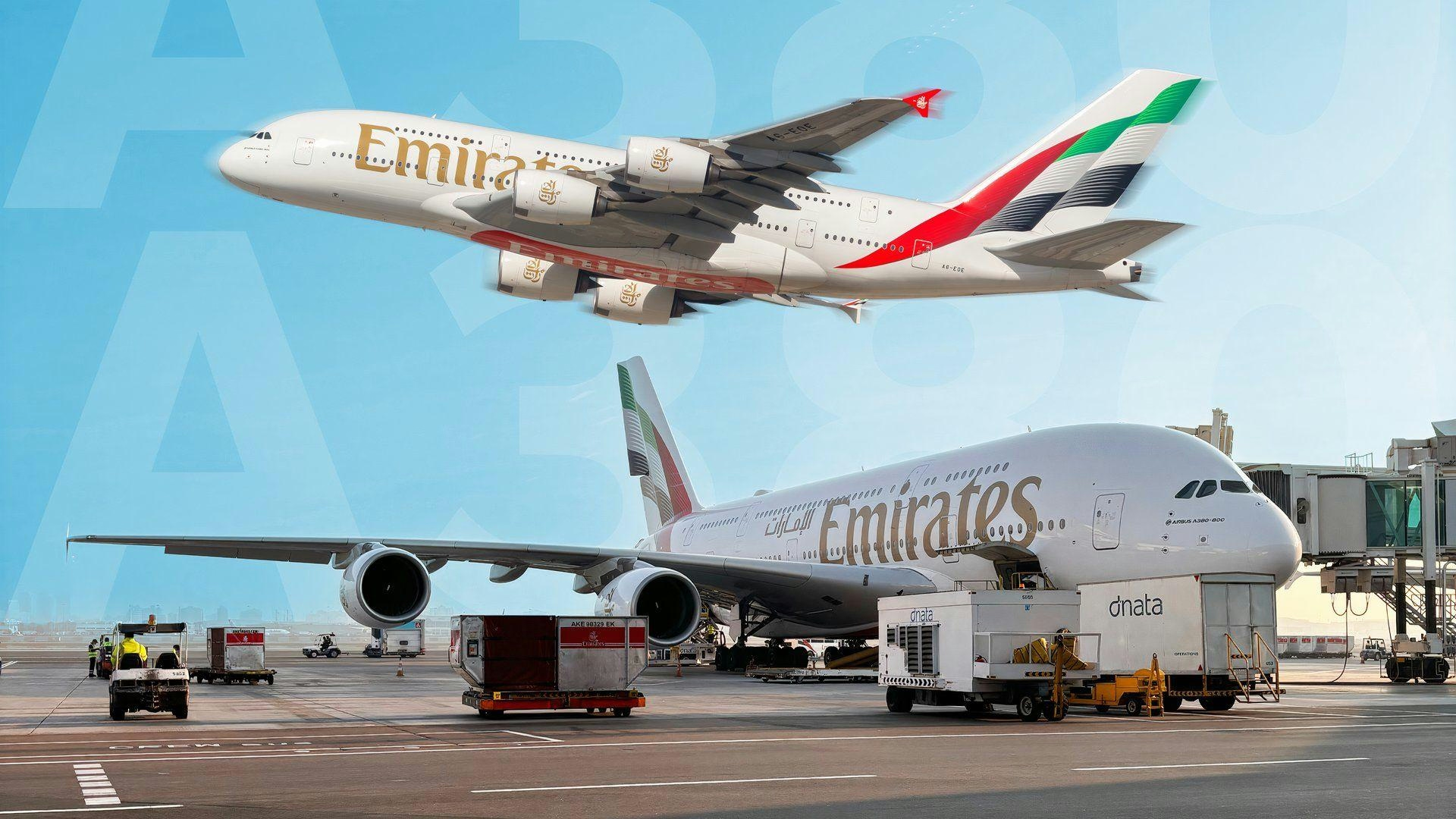
AeroGenie — あなたのインテリジェントな副操縦士。
現在のトレンド
Categories
The Cost of a Boeing 777X
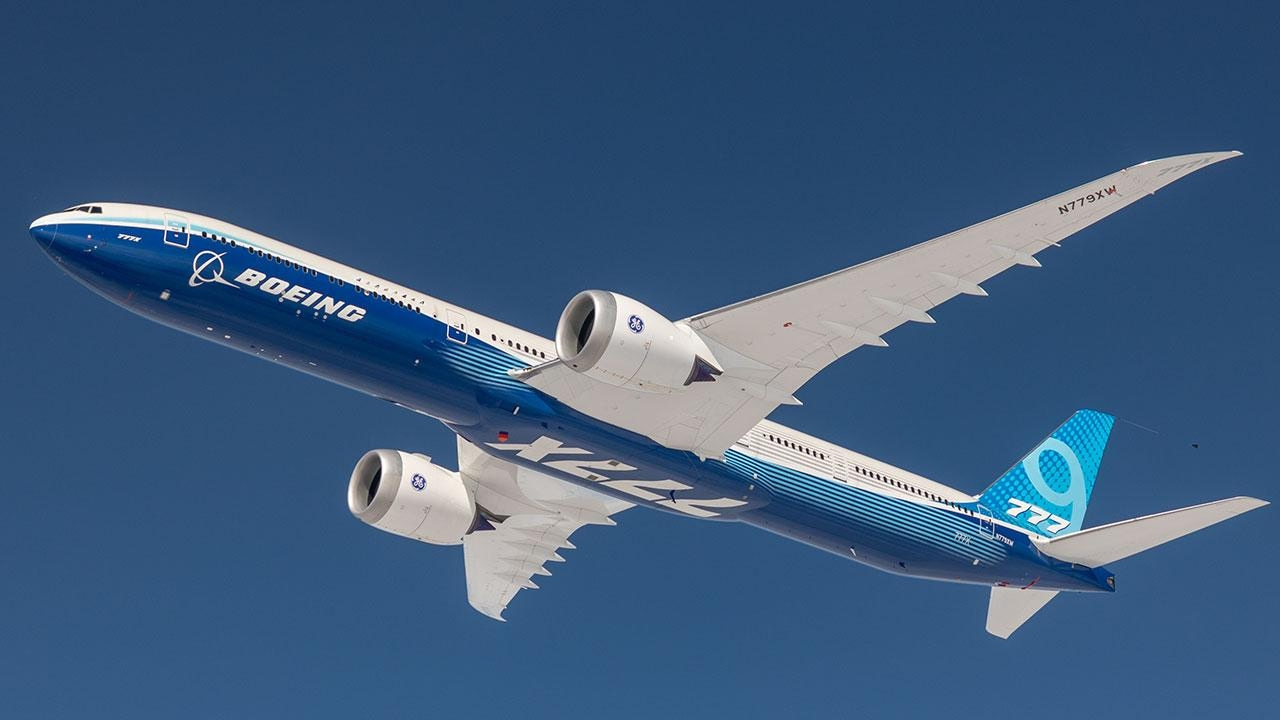
The Cost of a Boeing 777X
Pricing and Market Position
The Boeing 777X represents the latest advancement in Boeing’s long-range, widebody, twin-engine jetliner series, aimed at both commercial airlines and private operators. Officially launched in 2013 following its initial proposal in 2010, the 777X program introduces significant technological innovations, including advanced aerodynamics, the new General Electric GE9X engines, and three primary variants: the 777-8, 777-9, and the 777-8F freighter. Despite its promising design and capabilities, the program has encountered notable delays and technical difficulties, which have led to market skepticism and caused some airlines to reconsider or threaten cancellations of their orders. These challenges have placed financial pressure on Boeing and reduced its order backlog.
The list price for the Boeing 777X is substantial, with the 777-8 priced at approximately $410 million and the larger 777-9 at around $442 million. For private customers, the Boeing Business Jet (BBJ) 777-9 can exceed $500 million. However, airlines typically do not pay the full list price, as discounts ranging from 30% to 50% are common depending on the size of the order and negotiation terms. Consequently, the effective cost of a Boeing 777X generally averages around $400 million per aircraft. To date, Boeing has secured nearly 500 orders across both passenger and freighter versions, although ongoing program delays have placed some of these commitments in jeopardy.
Technical Specifications and Variants
The 777-8 variant is designed to accommodate 395 passengers in a two-class configuration and boasts an impressive range of 8,750 nautical miles, enabling nonstop flights between virtually any two cities worldwide. Measuring 232 feet 6 inches in length, it is shorter than the 777-9 but offers approximately 1,700 miles greater range. Positioned as the successor to the 777-200LR, the 777-8 provides airlines with enhanced flexibility for ultra-long-haul routes. Boeing asserts that the 777X family will become the world’s largest and most efficient twin-engine jets, delivering a 10% reduction in fuel consumption, emissions, and operating costs compared to competing aircraft. The design incorporates a spacious cabin, innovative architecture, and features derived from the 787 Dreamliner, all intended to improve passenger comfort and airline profitability.
The 777-9 serves as the flagship model of the 777X series, seating 426 passengers in a typical two-class layout and capable of flying up to 7,350 nautical miles. At 251 feet 9 inches, it is the longest passenger aircraft Boeing has ever produced. Its advanced wing design includes folding wingtips, which reduce the wingspan when the aircraft is parked, ensuring compatibility with existing airport infrastructure. Powered by the GE9X engines and enhanced by aerodynamic improvements, the 777-9 emphasizes operational efficiency and flexibility, positioning it as a leader in its class.
Program Outlook and Industry Impact
Boeing has confirmed that Lufthansa will be the launch customer for the 777-9, with first deliveries anticipated in 2026. While the 777X’s advanced features and performance capabilities are expected to establish new industry benchmarks, the program’s delays and technical challenges have introduced uncertainty regarding its commercial success. As Boeing continues to address these issues, the 777X remains a critical and high-stakes investment in the future of long-haul air travel.
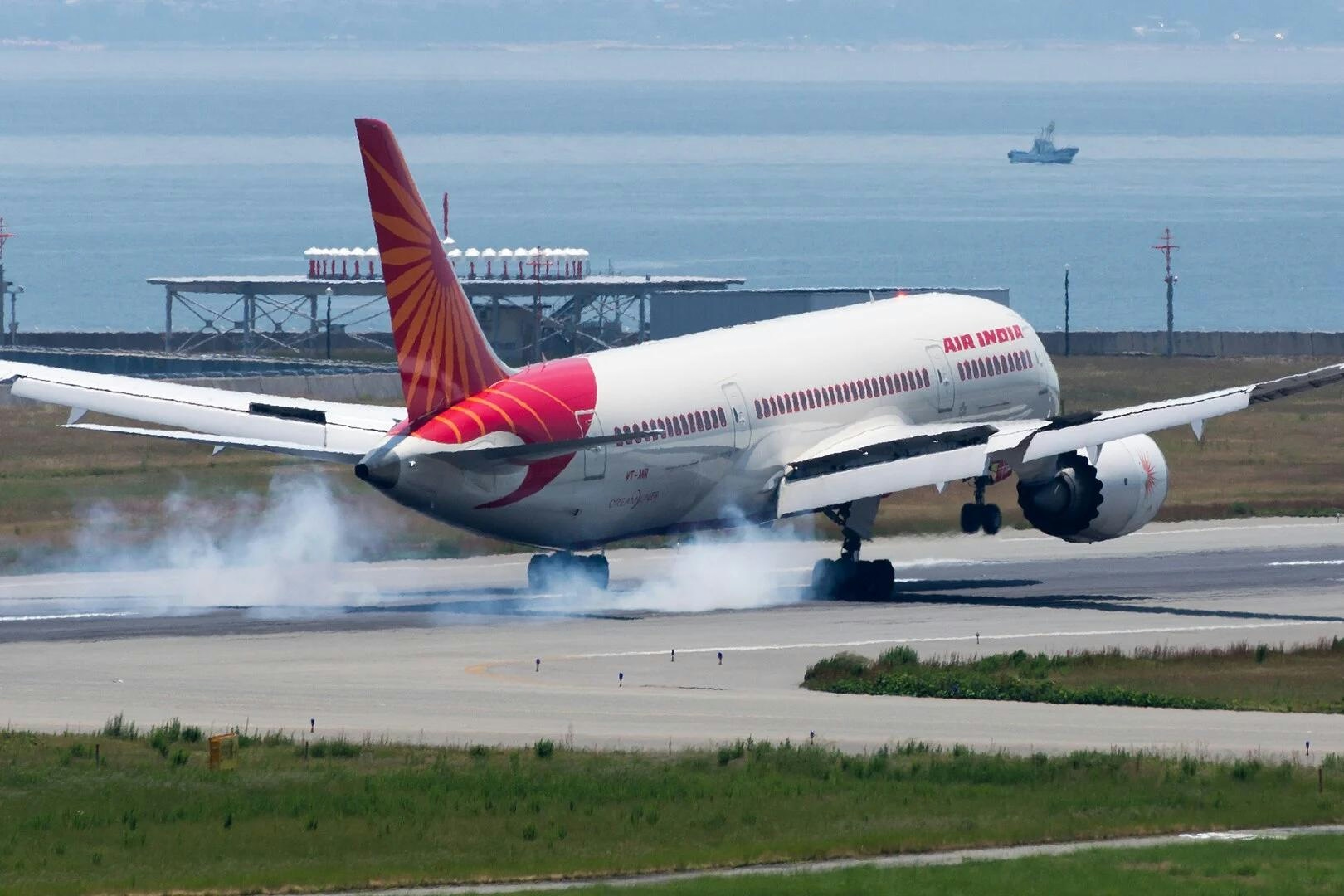
AI Flight from Milan to Delhi Canceled Friday Due to Dreamliner Technical Issue
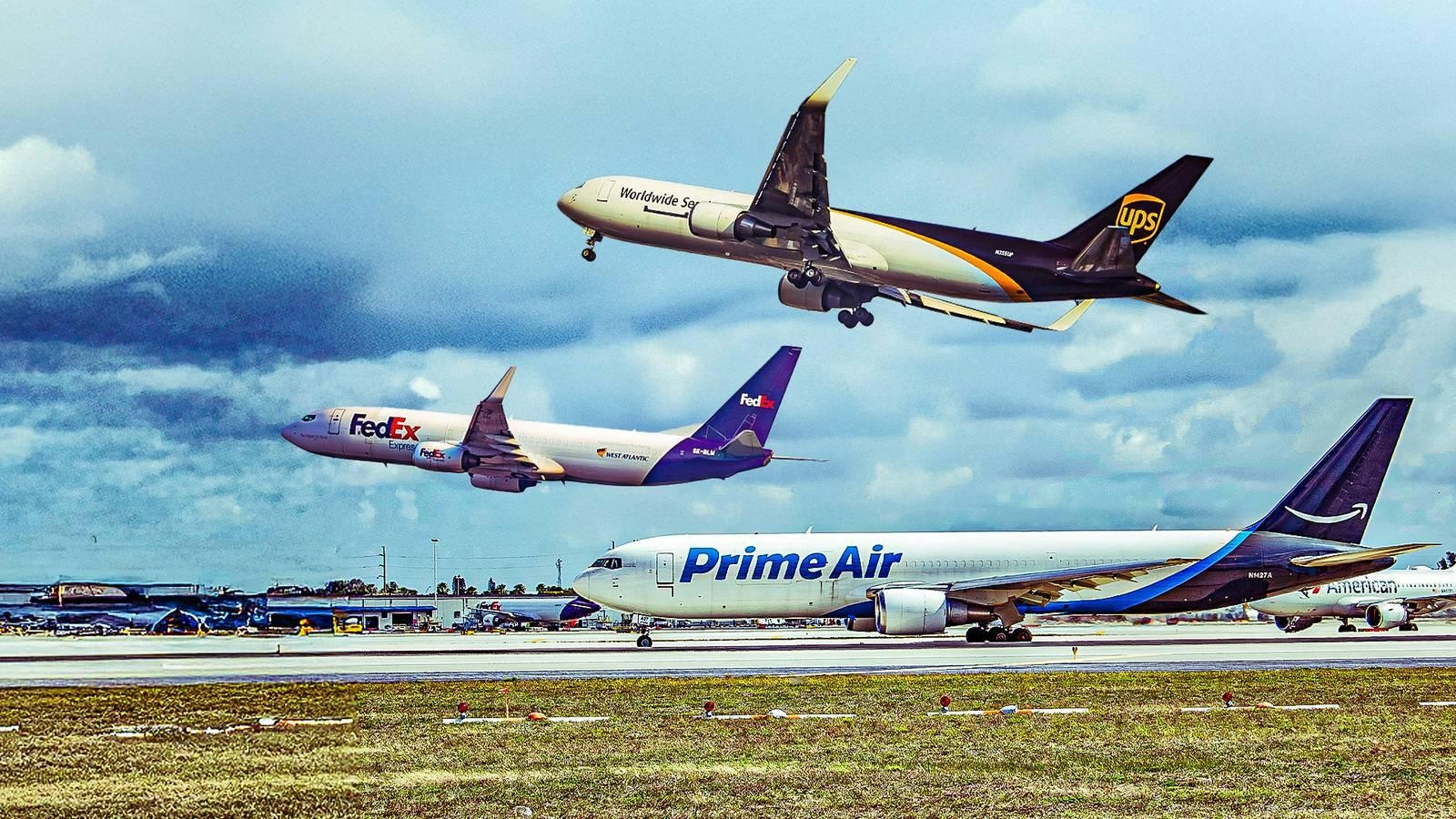
Longest Boeing 767 Flights Scheduled for October
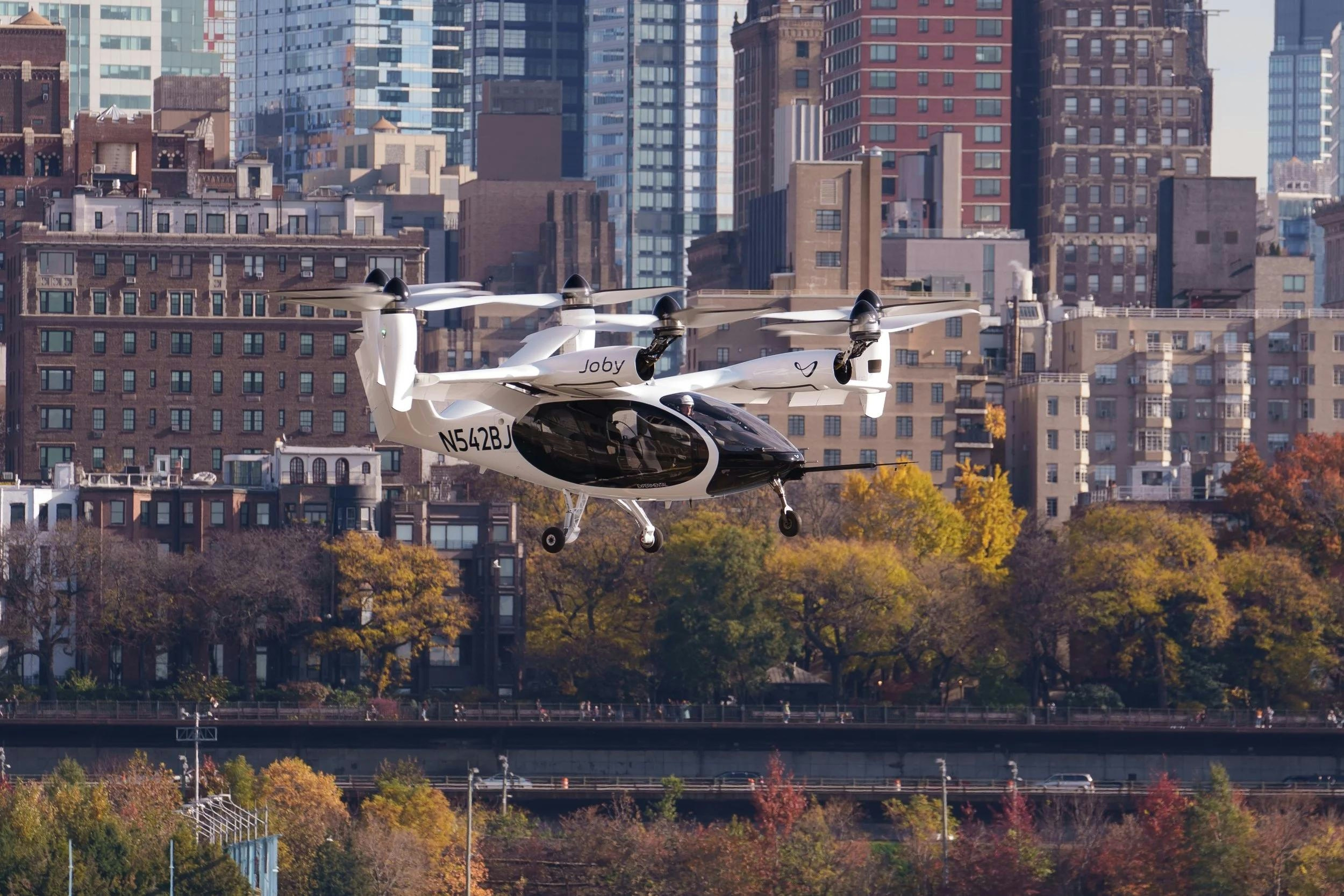
Former Uber Executive Joins Joby to Advance Flying Taxi Development
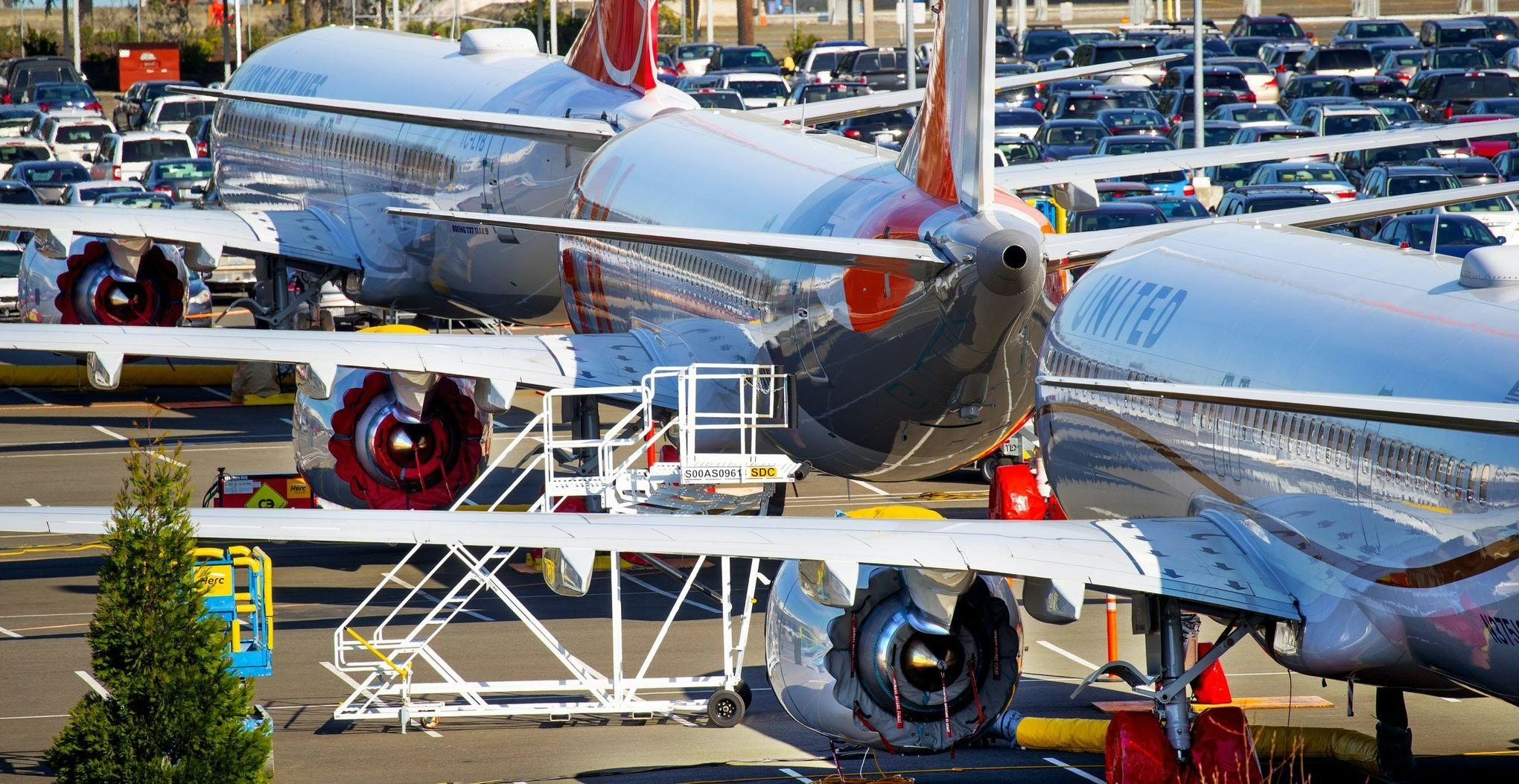
Boeing 737 Aircraft Grounded Amid Safety Concerns
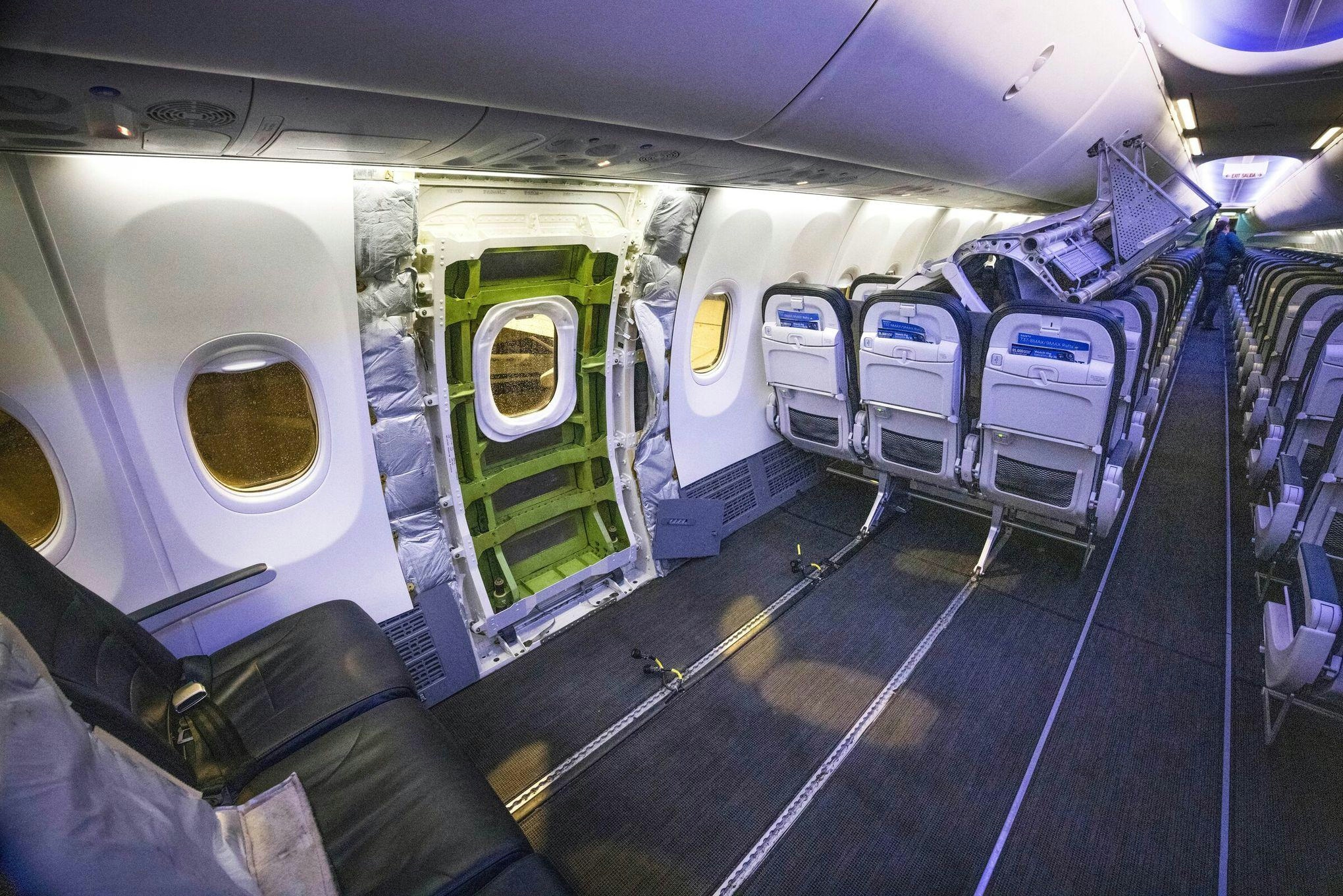
Aircraft Deliveries Drop 30 Percent, Raising Safety Concerns
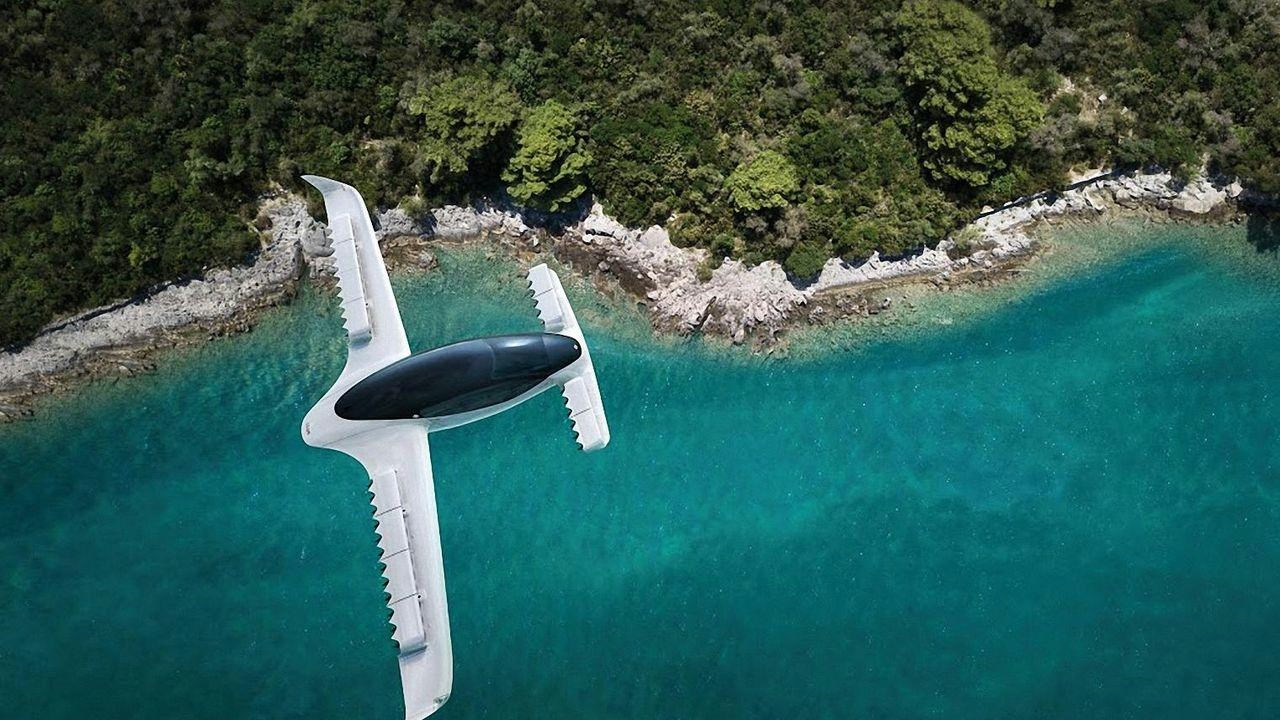
Florida Launches Air Taxi Testing Facility as Part of Transportation Plan
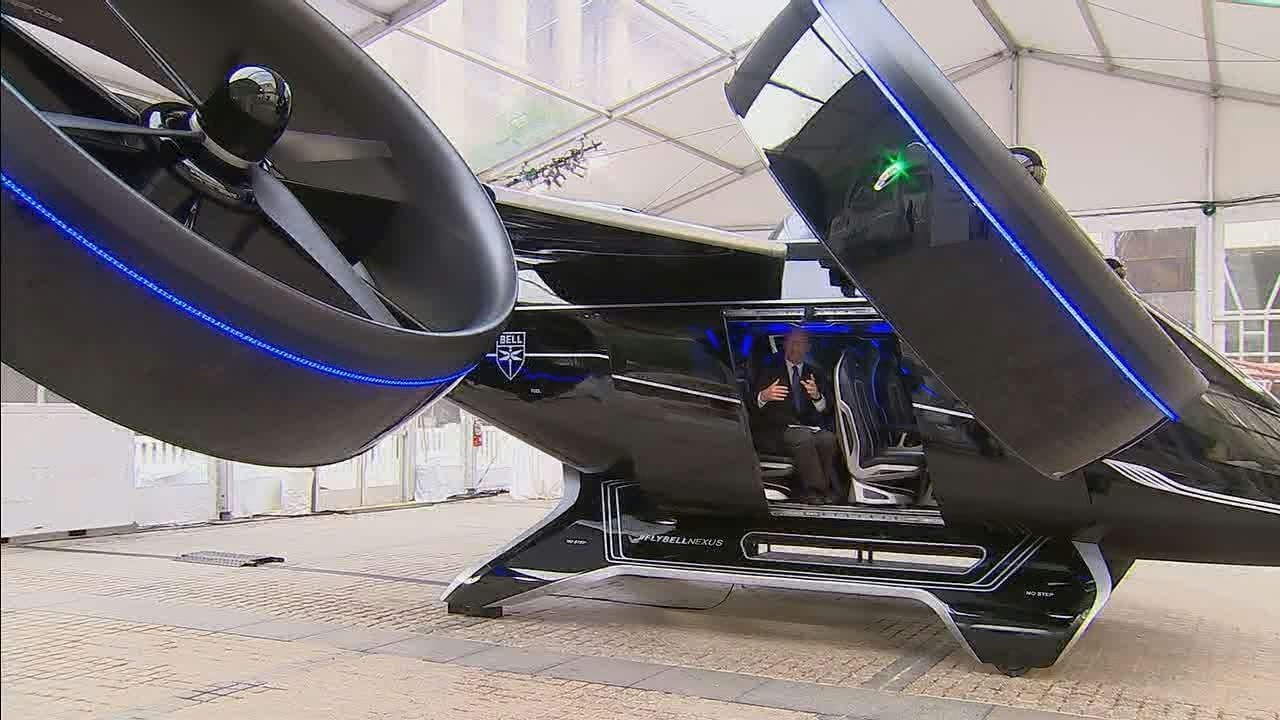
New I-4 Express Lanes and Air Taxi Testing Facility Announced
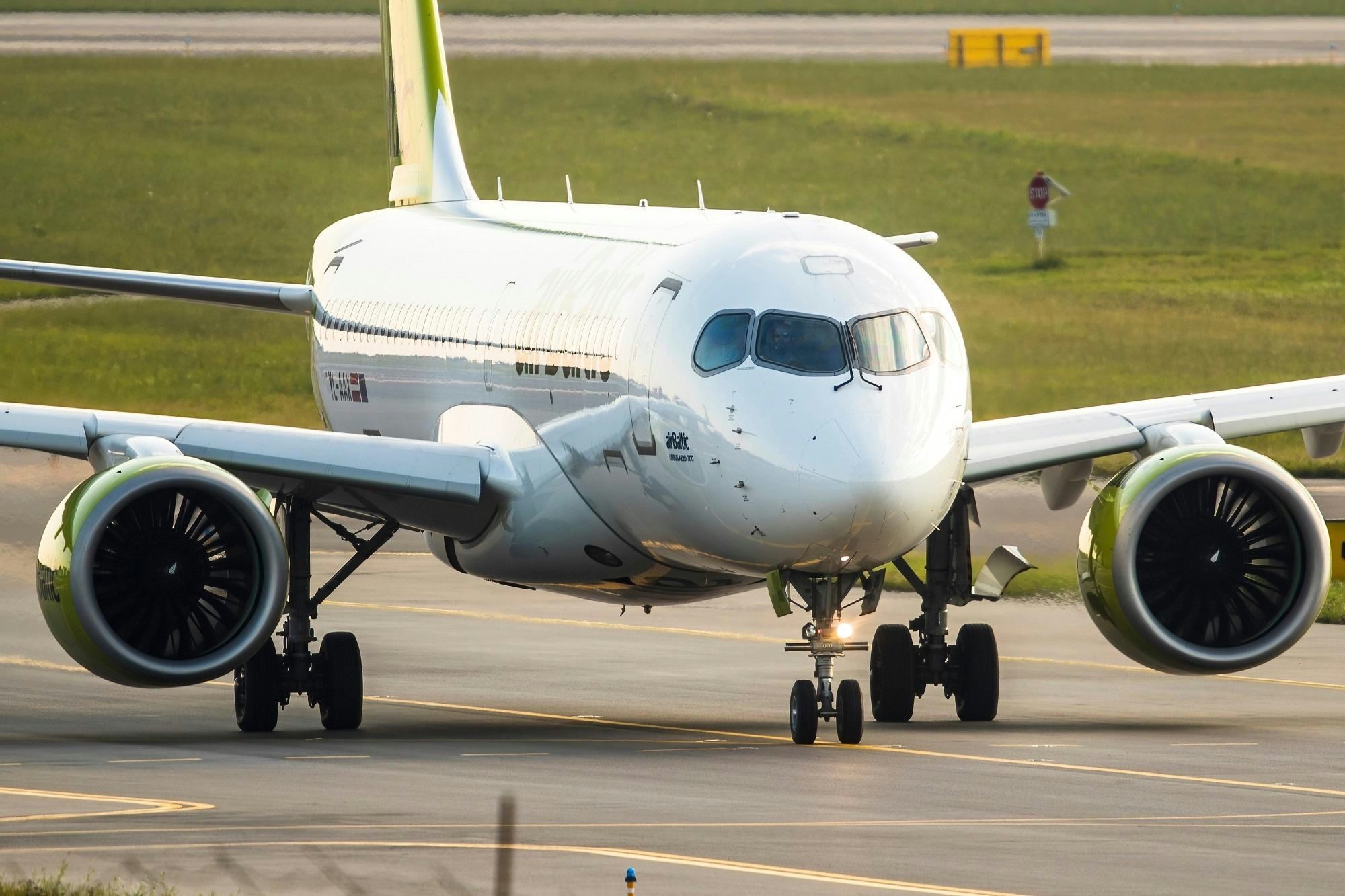
Air Serbia and airBaltic expand cooperation with Airbus A220 lease agreement
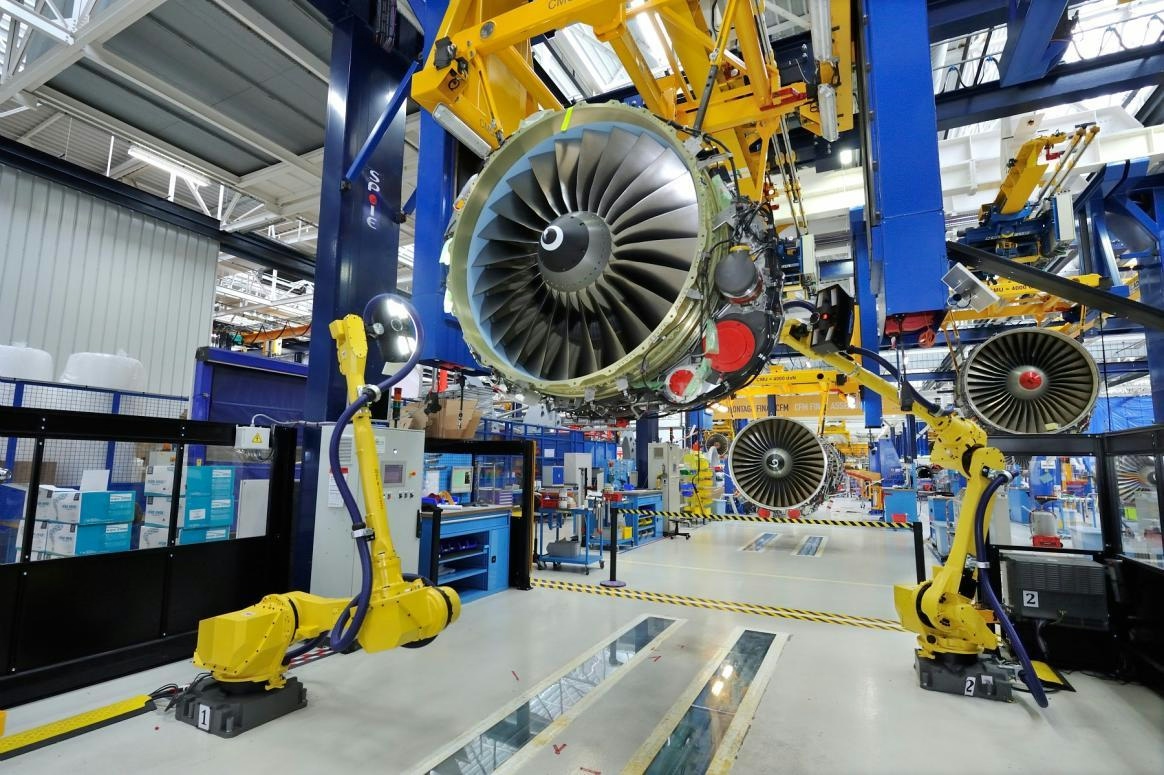
Safran to Support LEAP Engine Production Increase in Morocco
